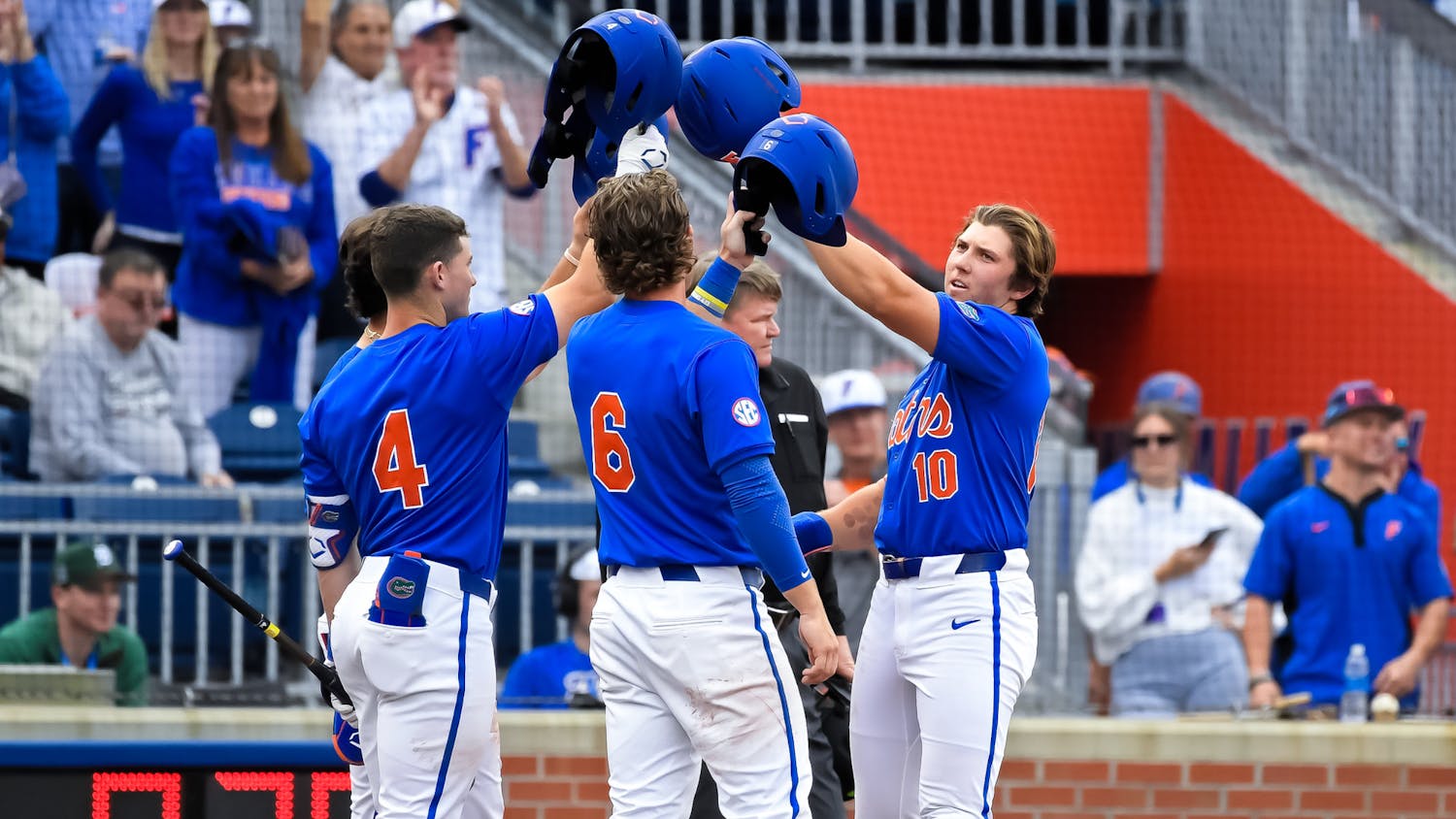How do you know when a fake wrestler is hurt for real?
The question went through my mind after sacrificing $65 to watch huge men pretend to hate each other on TV. For about 3 hours and 55 minutes, Wrestlemania XXVII made for good, drunken fun Sunday night. For a few fleeting moments, though, I thought someone was out — for real.
The Undertaker (real name: Mark Calaway) buckled while leaving the ring following a 20-minute match. He had been thrown through a collapsible table. He had fallen on his neck after botching a 10-foot leap from the ropes. He had been slammed face-first into the mat three consecutive times.
Any educated person older than 8 knew Calaway was going to be fine, just like he had been after countless other matches in the last 20 years. But what if he wasn’t? What if this was Stone Cold Steve Austin breaking his neck again?
Pro wrestling is cartoonish. It’s good guy vs. bad guy. Calaway himself pretends to be a dead man with supernatural powers whose brother is infatuated with fire — and also happens to be a wrestler.
Despite 95 percent of what happens in and around the ring, wrestling should not be taken lightly. The WWE grossed $203 million last year. On Sunday night alone, the company drew 71,617 fans to the Georgia Dome and made $6.6 million.
Regardless, the WWE does not provide health insurance for Calaway, or any other wrestler. If his ACL tears on the job, he’s paying for it.
Wrestlers are independent contractors. Technically, they can work for three or four different companies at the same time. But the WWE operates all year, with two events on cable each week, a pay-per-view once a month and countless non-televised promotional events.
Calaway is not really an independent contractor, but Vince McMahon and the rest of the WWE executives want their employees signed to that type of deal to keep the company off the hook. Any medical problems? They aren’t paying. A wrestler tests positive for steroids? He isn’t really their wrestler.
The answer, of course, is for Calaway and the rest of the wrestlers to unionize. Good luck. Jesse Ventura tried to do that in the ’80s, but he says McMahon fired him upon finding out.
McMahon probably would not do that to someone as popular as Calaway, but in a business predicated on fake storylines, McMahon could always cut his pay and put the Undertaker in unimportant matches.
McMahon said in the past that if he paid for health insurance, he would have to take money away from wrestlers’ contracts. And some are making good money. A WWE spokesman said last year the average salary was $550,000.
But, like in the NFL, the shelf life for most wrestlers is not long. And their injuries don’t subside just because their careers end.
Granted, this is all scripted. Calaway knew he would win months ago. But there is a difference between scripted and fake.
Those punches? The ones Calaway landed while yelling “Boom!” as the camera switched angles to confuse viewers? Those are fake. But you don’t fake jumping off a 20-foot ladder. That’s scripted.
To make matters more confusing Sunday night, Calaway’s opponent, Triple H (real name: Paul Levesque), stood next to him while waiting for the emergency team to arrive. What if this was Levesque having his quad tear off the bone again?
What if this was Mick Foley suffering kidney damage after falling off a cage again? What if this was Owen Hart falling from the rafter’s again? Eddie Guerrero dying of heart failure?
What if this was the one time we finally all paid attention?





